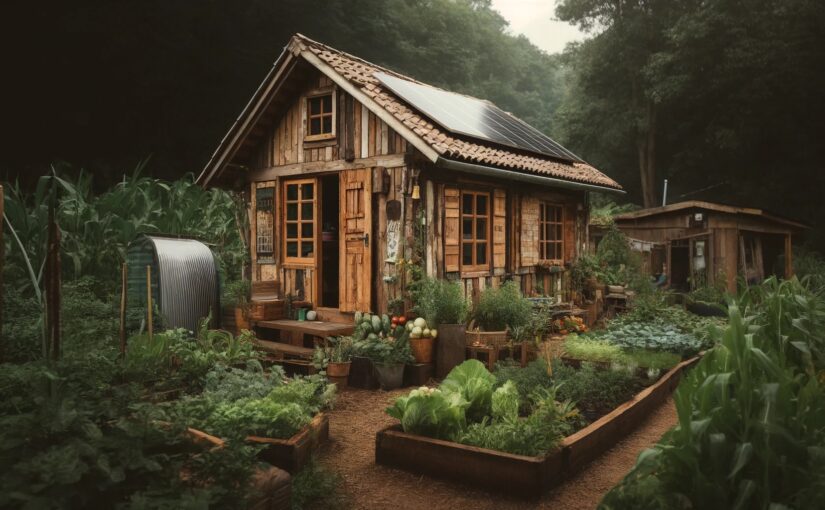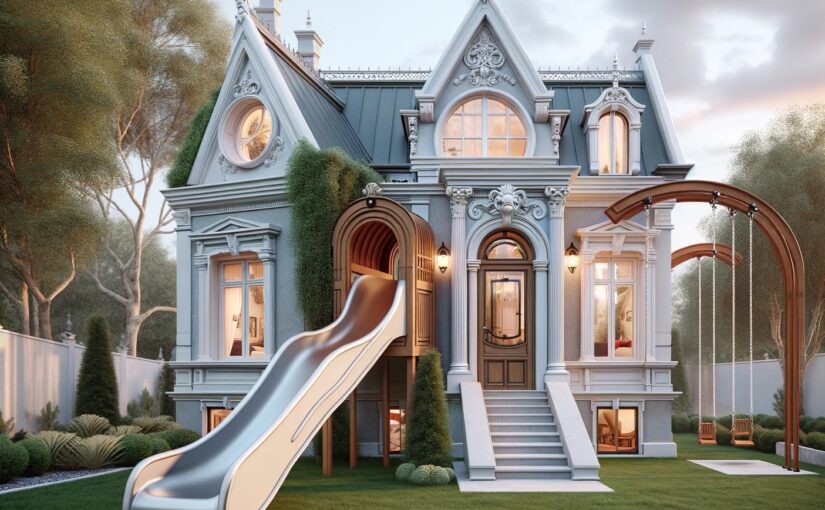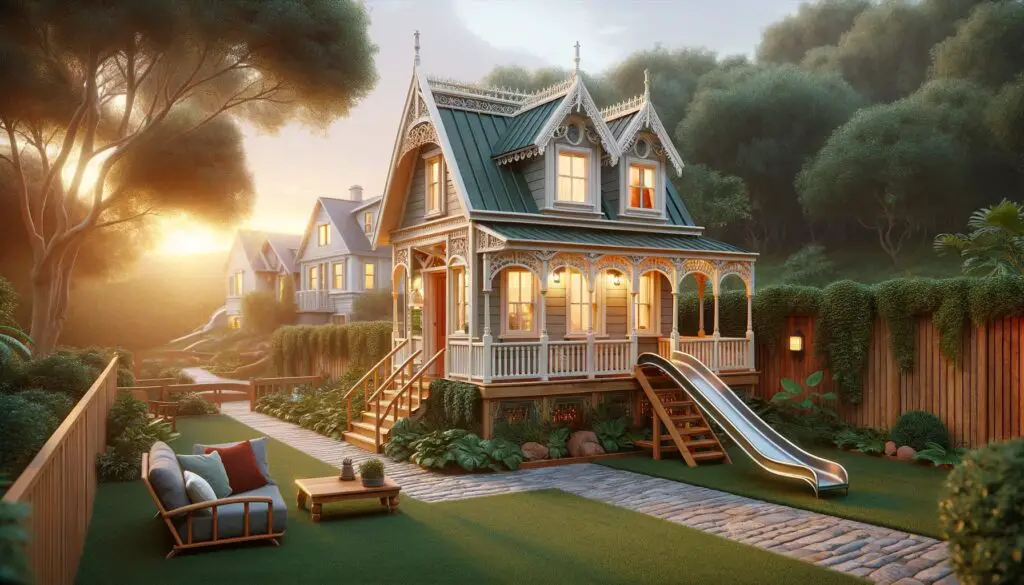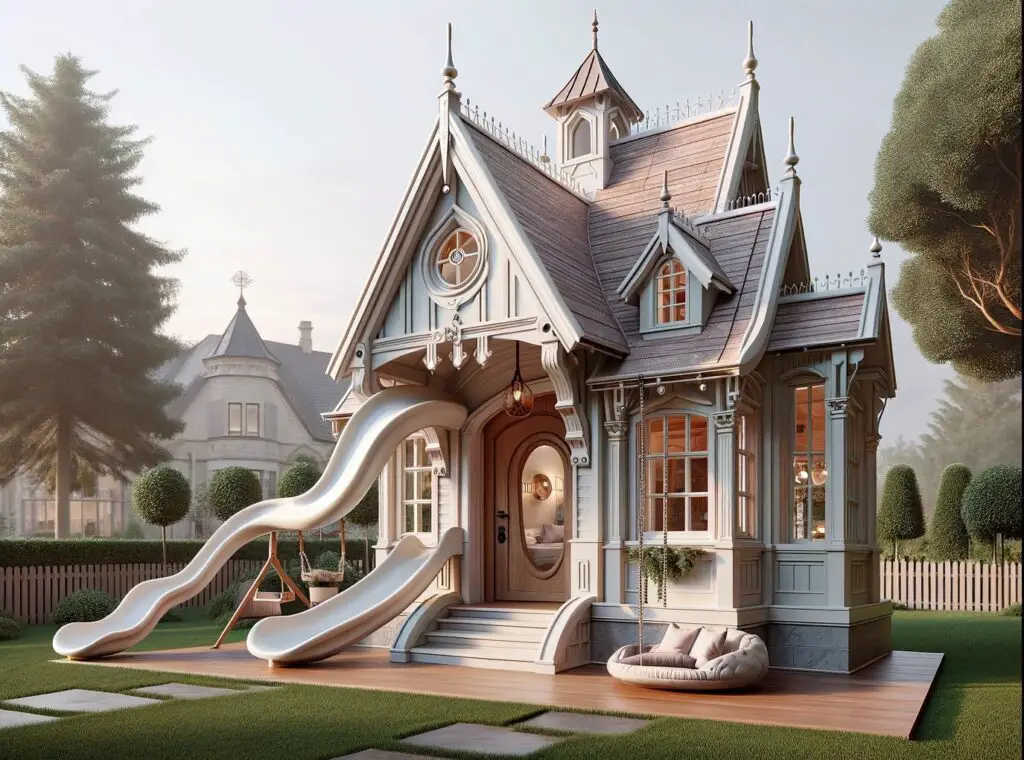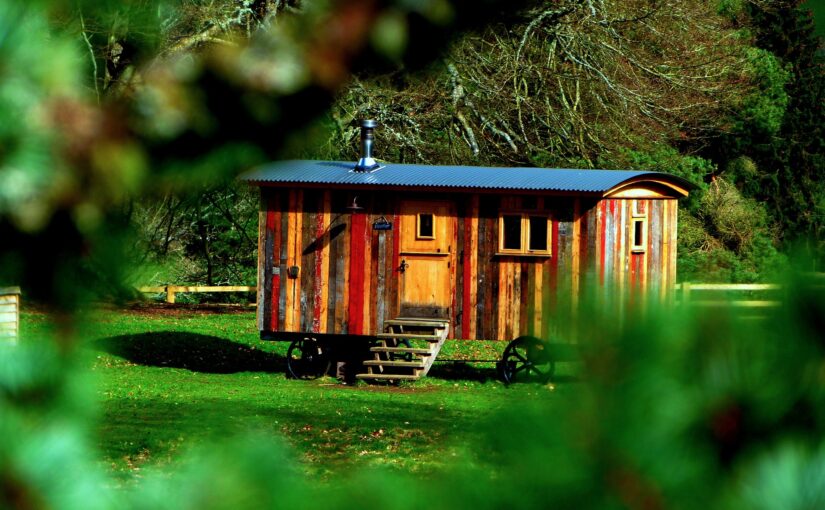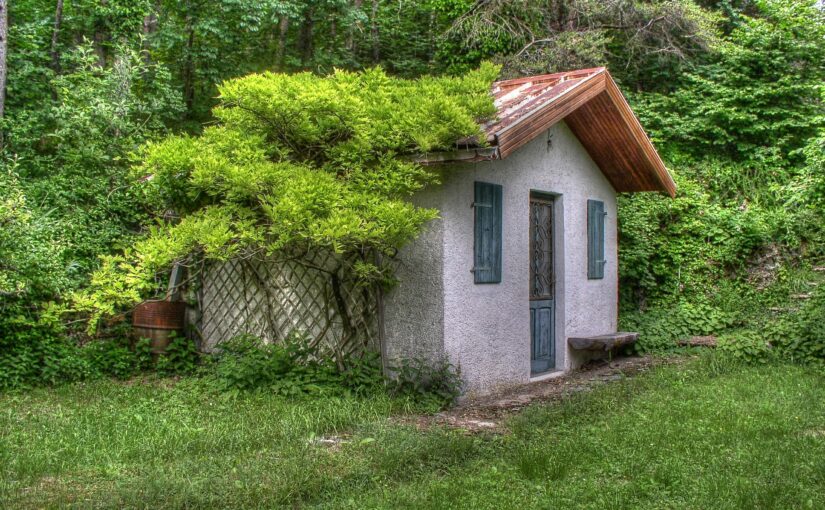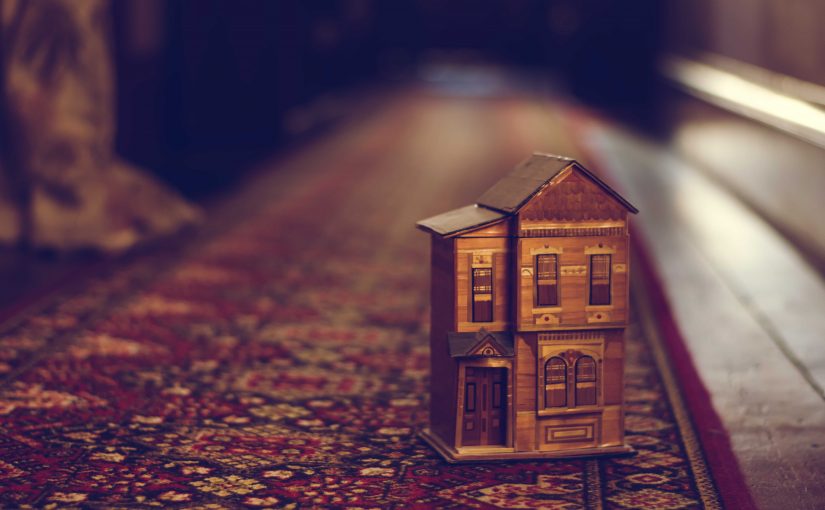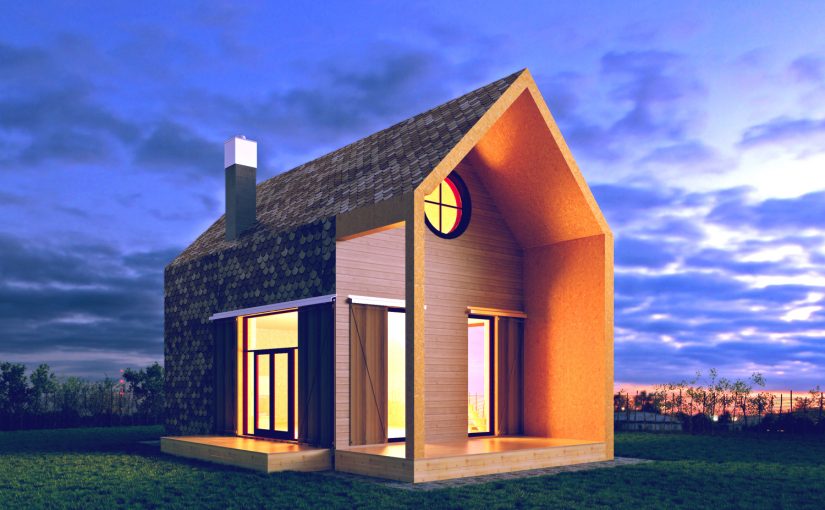Here we are, imagining ourselves sitting at a kitchen table in a modest cabin, a simple home dreamed up and built with our own two hands. It’s a little rustic, a little rough around the edges, but it’s ours. Completely and utterly ours.
There’s something profoundly satisfying about the idea of creating a home from scratch, especially when it’s done with love and a sprinkle of stubbornness.
The Adventure of Building Your Own Home
Imagine deciding to build your own home, bursting with excitement. Who wouldn’t be thrilled about the idea of crafting a little haven tailored to your every wish? Visions of quirky nooks, a garden bursting with veggies, and a fireplace where marshmallows can be toasted dance in your head.
But as it turns out, building your own home isn’t all fairy tales and bonfires. It’s more like a quest, and not the fun kind with treasure at the end. More like the kind with dragons named “Permit” and “Regulation.”
The Bureaucratic Dragons
Even if you own the land, constructing a home isn’t as simple as grabbing some timber and a hammer. Oh no. First, you must navigate the labyrinth of building codes, zoning laws, and permits. It’s like playing a game where the rules change every five minutes, and you’re not allowed to read the rulebook.
Countless hours are spent filling out forms, attending meetings, and jumping through hoops just to get permission to build a small cabin. At times, it feels like the universe is conspiring to keep you from having your own home. But with determination, you press on…
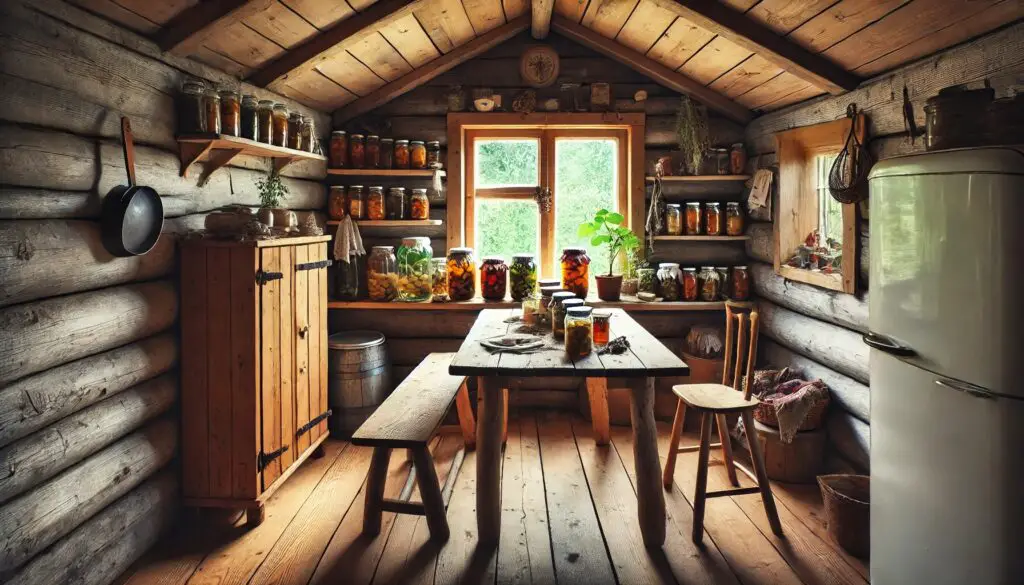
The Joy of Creation
Despite the hurdles, the joy of building your own home is incomparable. Every nail hammered and every board placed is a testament to perseverance. Scavenging for materials, recycling old wood, and even learning to do some plumbing reveals hidden talents.
A cabin, with its wonky windows and slightly crooked door, can be perfect in its imperfections. It reflects the journey, filled with sweat, laughter, and a few words best left unsaid in polite company.
Self-Sufficiency: A Sweet Reward
One of the most rewarding aspects of building your own home is the journey toward self-sufficiency. Installing solar panels to harness the sun’s energy, setting up a rainwater collection system, and planting a garden brings unparalleled satisfaction. There’s nothing quite like eating a salad made from veggies you grew yourself.
Raising chickens for fresh eggs and setting up a compost system not only reduces the environmental footprint but also brings a sense of accomplishment. It’s a small rebellion against the consumer-driven world, a way to take control of life and live more sustainably.
A Thoughtful Pause
Building this home is more than just a construction project. It’s a lesson in patience, resilience, and the power of dreams. It raises questions about why it’s so difficult to create something so simple and essential. Why are there so many barriers to building a home, especially when you own the land?
Maybe it’s time to rethink our approach to regulations and bureaucracy. Of course, rules are necessary for safety and order, but shouldn’t they also support and encourage the dreamers and doers? There’s a balance to be struck between regulation and freedom, one that fosters creativity and independence without compromising safety.
The Future: Unscripted and Unstoppable
A little cabin can stand as a symbol of what can be achieved with determination and a bit of grit. It reminds us that despite the hurdles, the dream of building your own home is worth chasing.
So here’s to the dreamers, the builders, and the rebels who refuse to be boxed in by bureaucracy. May we all find the courage to build our own sanctuaries, one nail, one board, and one dream at a time.
In the end, it’s not just about the house. It’s about the journey, the struggle, and the sweet victory of creating a place to call home. Because even in a world of regulated dreams, our spirit to build and create is unstoppable.
